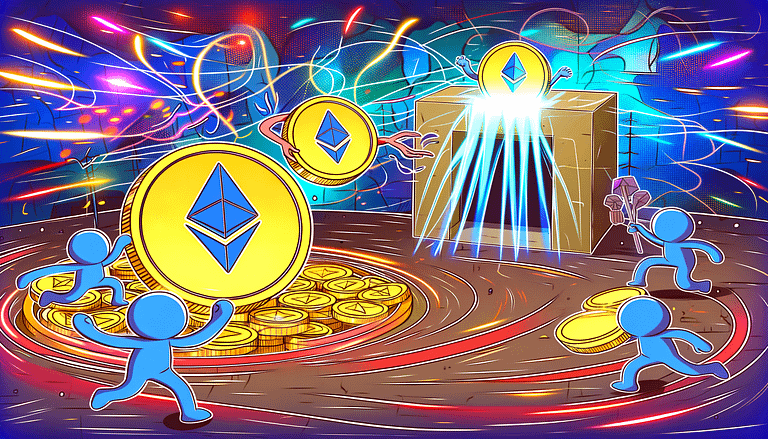Bitcoin Network Difficulty Rises, Miner Fees Hit Yearly Low
Rising Hashrate in Bitcoin: What happens to the miner fees?
The hashrate of the Bitcoin network shows a clear increase. At the same time, Bitcoin is maintaining a trend above $50,000. Current data suggest that the increase in Bitcoin prices has a significant impact on the network difficulty and the hashrate. But how do these changes affect the earnings of the miners?
Bitcoin Difficulty Increases
An analysis of the Bitcoin hashrate shows an increase that coincides with the recent price increase. At the time of writing this article, data from Glassnode showed that the hashrate was over 610 trillion. Although this is not the highest hashrate ever recorded, it is among the peak values of recent months.
The increased hashrate has also contributed to an increased network difficulty. An analysis of the difficulty chart shows a significant increase in recent days, reaching the highest level in months.
Bitcoin Miner Fee Drops to Yearly Low
While the network difficulty and the hashrate of Bitcoin recorded an increase, the miner fee showed no corresponding upward trend. An analysis of miner revenues shows a recent decline. The month started with over 5%, the fee temporarily rose to over 15%. At the time of writing this article, however, the fee had dropped to about 3%, representing the lowest level of the year.
However, it should be noted that this current fee is not the lowest of the last few months – a range of 1.6% was recorded between July and October 2023.
Bitcoin Maintains a Trend Above $50,000
The price tendency of Bitcoin, analyzed on a daily timeframe, showed a nearly 1% decline on February 17th. Despite this decline, it remained above $50,000 for the fifth consecutive day. At the time of writing this article, it was around $51,800, with an increase of less than 1%.
The short-term moving average (yellow line) acted as a support level around $44,300. This suggests that the price is likely to stay above the yellow line in case of a decline.
The bullish trend was also evident in the Relative Strength Index (RSI), which was just below 80 at the time of writing this article, indicating a robust bull trend.
Experiencing an increase in the miner fee would require additional network activities in conjunction with these other metrics.
What’s Next?
It remains to be seen how the miner fees will develop in the coming weeks, especially in view of the rising hashrate and network difficulty. For miners and investors alike, it is important to keep a close eye on these developments.
Sources: Glassnode, Trading View







